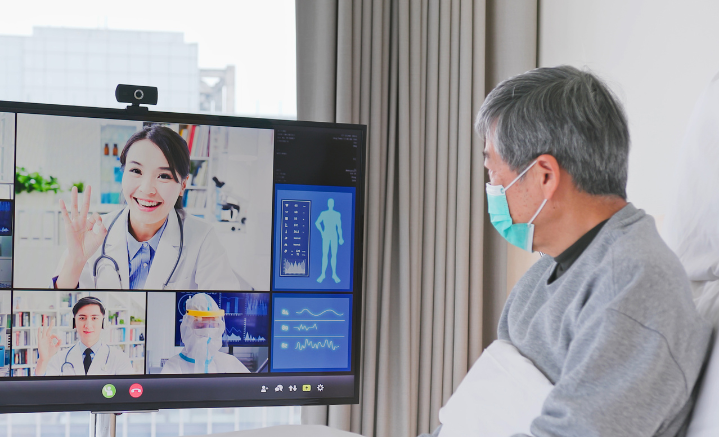Introduction to the Role of Technology in Healthcare In part 4, we dived deeper into the role that processes have in the power of connection. In this article, we’ll discuss the role that technology has in supporting the power of connection in healthcare. The Role of Technology in Healthcare Technology plays a crucial...
Tag: interoperability
Introduction to the Role of Processes in Healthcare In Part 3, we discussed providers' specific role in the power of connection, especially in fostering positive patient outcomes. In this article, we dive deeper into the role that processes play in the power of connection. The Role of Processes in Healthcare Processes...
Introduction In Part 1, we introduced the importance of the power of connection and how fostering these connections can improve patient outcomes. We also discussed the importance of people, processes, and technology regarding connection. This article dives deeper into the transformative potential of connection and how people, processes, and technology rely...
Introduction Often in healthcare, the importance of the power of connection is forgotten due to the importance of other factors such as process and technology. However, connection plays a major role in healthcare systems. Whether that connection is fostered between stockholders and healthcare professionals, or the connection is between patients and...
Intro to Integrated Healthcare Integrated healthcare is when a higher level of collaboration and communication is reached, often through the implementation of new technologies [1]. Furthermore, patients often need multiple team members from their care team to collaborate on the best course of action regarding their treatment plans. This makes integrated...
Intro to Barriers to Healthcare Integration Although healthcare integration is important for positive health outlooks, several social barriers make access to care more difficult. These can range from patients' perceptions of the medical community to the bias that healthcare workers have toward patients. Regardless of the social barrier, healthcare professionals must...
Social Barriers that Hinder Digital Health Capabilities The implementation of digital health capabilities is hindered by several barriers, with a portion revolving around social determinants. This is often due to factors such as digital literacy, social dynamics, access to technology, and human behavior. For instance, those 65 years and older experience...
Background into Digital Health Maturity Digital health maturity clarifies the extent and level to which digital systems are structured and how they respond to digital technology [1]. Furthermore, digital health maturity focuses on how an organization promotes digital transformation throughout the organization [1]. Factors to consider when discussing digital health maturity...
Types of Healthcare Capabilities to Consider Capabilities in healthcare ensure that doctors and patients are given access to tools needed for them to be successful and have positive experiences. This means that capabilities need to be created with human-centered design in mind. The first capability that should be considered is talent...
Background into a VNA A vendor-neutral archive supports vendors often using various formats and systems for imaging technologies. Often, VNAs don’t depend on the software used by the vendor to promote sharing [1]. This allows healthcare providers to utilize different imaging technologies within one archive so that it can be easily...









